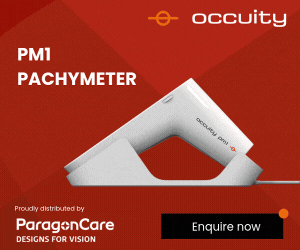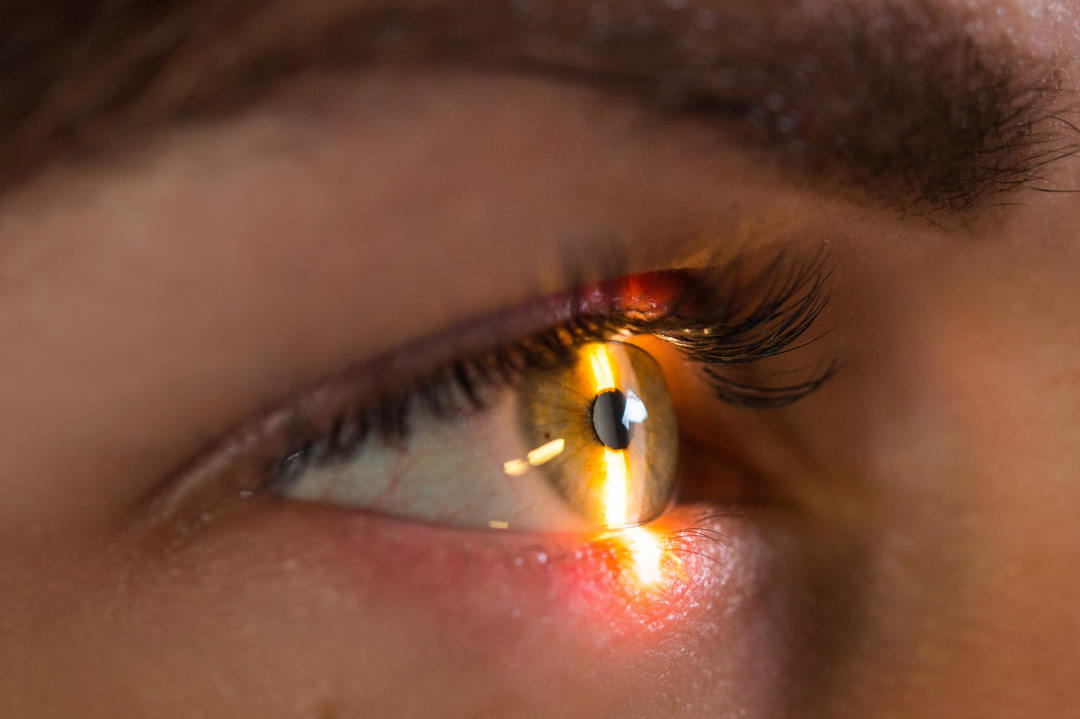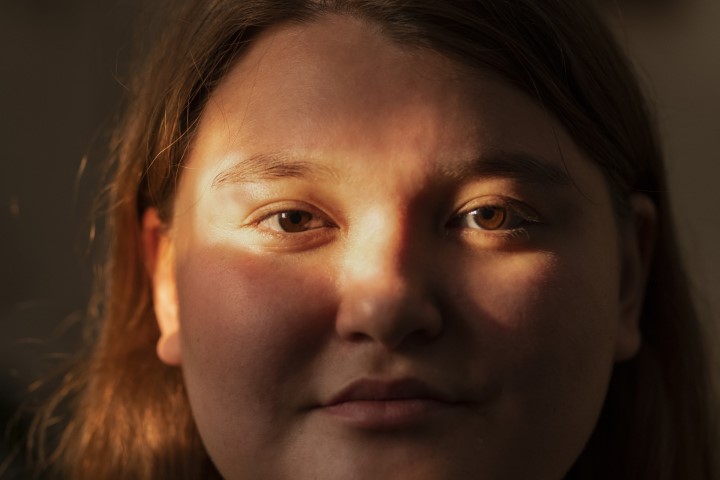Early red flags for adult pathologic myopia
April 23, 2023
Staff reporters
A Japanese study of 29 adults with pathologic myopia showed 83% already had diffuse atrophy in childhood. Using patient fundus photos taken before they were 15 years old, researchers led by Dr Kyoko Ohno-Matsui, from the Tokyo Medical and Dental University, said category 2 diffuse atrophy, classified according to the META-PM Study Group, is the gateway to pathologic myopia. “It is a yellowish, ill-defined lesion,” said Dr Ohno-Matsui.
In a separate longitudinal study, the team examined 47 eyes using ultra-widefield OCT to track changes in scleral curvature patterns and staphyloma formation. Dr Ohno-Matsui said the two studies provided several observations associated with the development of pathologic myopia:
- diffuse atrophy is seen in children who become pathologic myopia in adults
- scleral curvature patterns significantly change in highly myopic children/adolescents
- staphyloma occurs at a much earlier age than previously thought
- staphyloma newly developed in 14% of this age group
- staphyloma edges preferentially developed around the optic nerve and were obvious in horizontal section
- scleral curvature changes from symmetry to asymmetry in a vertical direction were correlated with increased axial length
- changes of scleral curvature and staphyloma edge development may occur in synchronicity, to etch the eventual eye shape in myopes



























